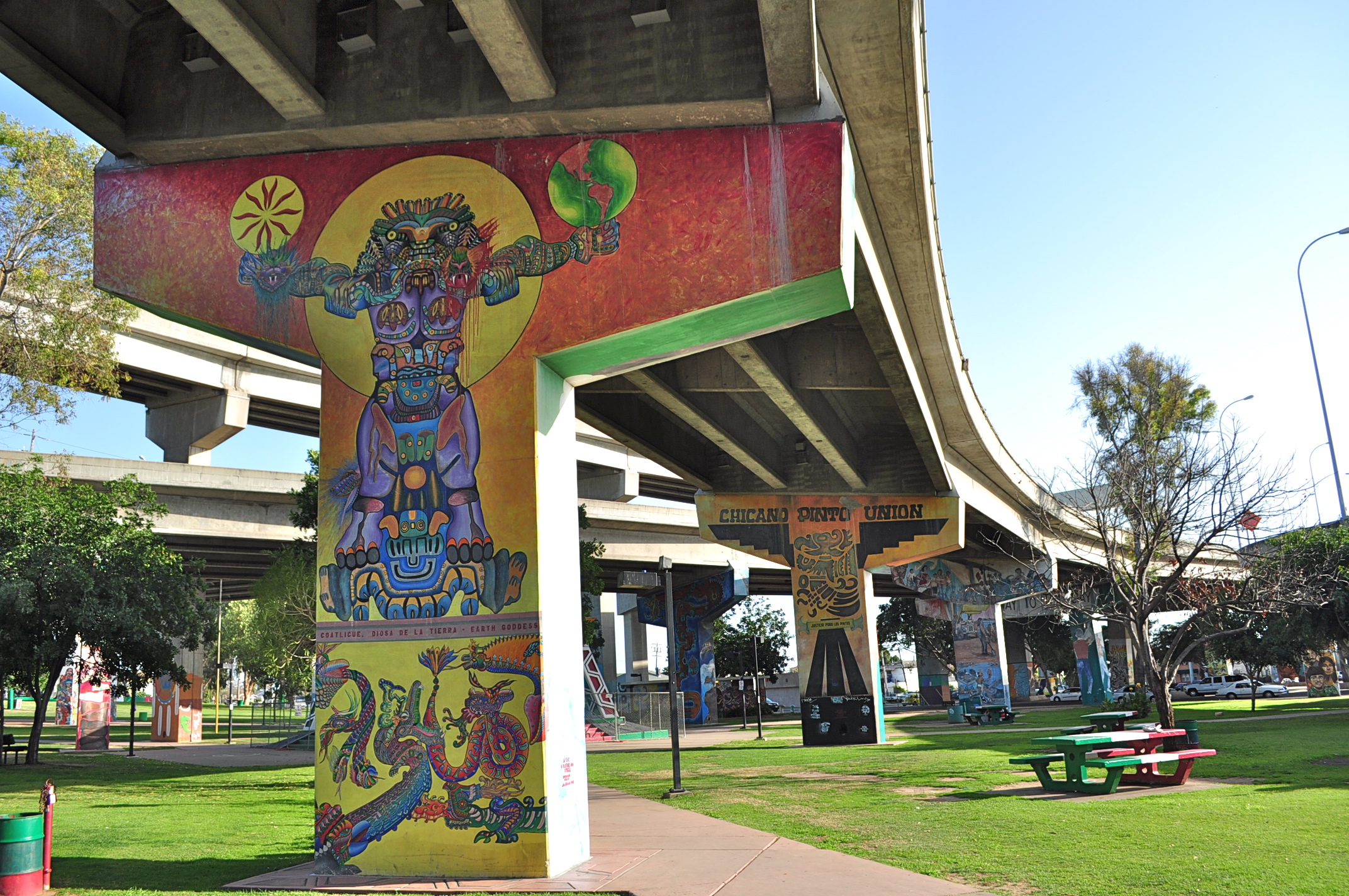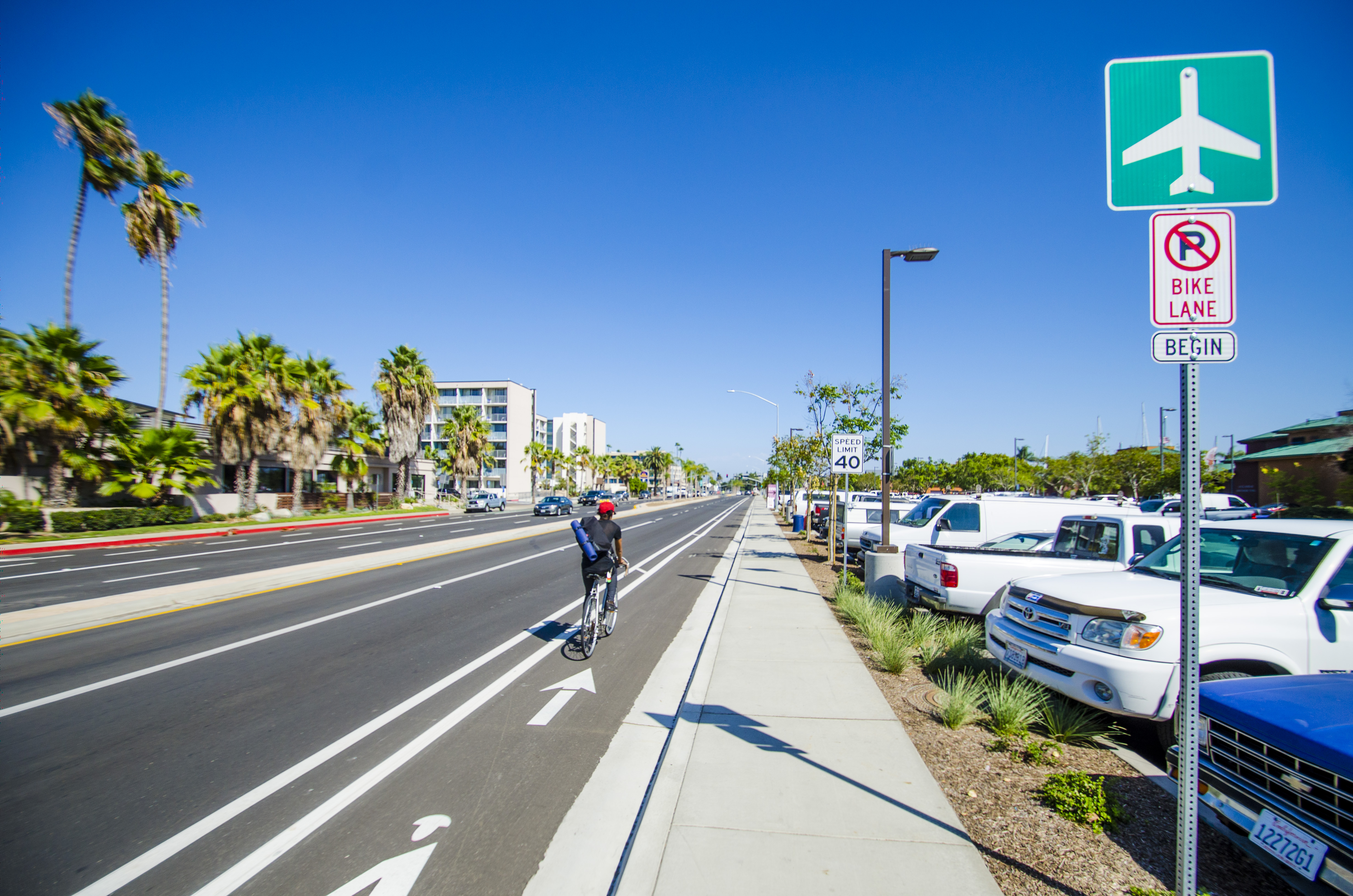Daily Business Report-Oct. 9, 2015
Rendering of planned Ballpark Village development, a Civic San Diego project. (Courtesy JMI Realty)
Governor Vetoes Bill Restricting
Civic San Diego Development
City News Service
A bill designed to strengthen oversight of organizations that make land use decisions for cities, like Civic San Diego was vetoed Thursday by Gov. Jerry Brown.
AB 504, authored by Assemblywoman Lorena Gonzalez from San Diego, would have given city councils more power when local governments rely on the planning, zoning or permitting expertise of nonprofit organizations or private individuals.

The bill was opposed by San Diego Mayor Kevin Faulconer and area business leaders.
“This legislation imposes statewide rules on local land use planning that are intended to address a dispute in one jurisdiction,” Brown wrote in his veto message. “These are issues that should be determined at the local level.”
Civic San Diego was created three years ago to handle design and permitting for major projects in Downtown, City Heights and Southeast San Diego after the state abolished redevelopment.
Faulconer and other Civic San Diego supporters said the legislation would have thwarted the ability of the agency to revitalize urban neighborhoods.
According to the mayor’s office, Civic San Diego attracted billions of dollars in investment, created tens of thousands of jobs and helped build more than 6,000 units of affordable housing for San Diego.
The mayor’s office contended Gonzalez’s bill would have added unnecessary hurdles to the planning process and added layers of bureaucracy to communities in dire need of revitalization and development.
The organization is accountable to the city through nomination and appointments of board members by the mayor and City Council, and its operating contract is managed by the city’s Economic Development Department, according to the mayor’s office.
In other legislative news, the governor signed two bills authored by Assembly Speaker Toni Atkins. One of the bills will allow seafood markets to operate in public areas in the same manner as farmers markets, clearing the way for people to purchase locally caught fish. The other makes the San Diego River Conservancy a permanent entity. It had been scheduled to be dissolved in January 2020.
________________________________________________

Rep. Vargas Seeks National Historic
Landmark Status for Chicano Park
Is Chicano Park worthy of National Historic Landmark status? Congressman Juan Vargas has introduced legislation that, if passed, will find out.
Vargas’s Chicano Park Preservation Act (H.R. 3711) would instruct the Secretary of the Interior to conduct a study of the park to evaluate its national significance and determine the feasibility of its becoming a National Historic Landmark.
“Chicano Park has been the center of cultural history since its opening in the 1960s,” said Vargas. “It is home to the largest collection of outdoor murals in the entire country. It’s a unique space in San Diego that represents a community’s accomplishments through activism.”
The park is located under the San Diego-Coronado Bridge in Barrio Logan, a community with a heavy population of Mexican Americans. It is adorned with murals, sculptures, and landscaping. The park was created after a group of residents came together to boycott the construction of a Highway Patrol station on the site. In 1980, the park was designated as an official historic site by the San Diego Historical Site Board. In 2013, Chicano Park was listed on the National Register of Historic Places due to its association with the local Chicano civil rights movement in San Diego.
“Chicano Park is so much more than just a recreation area,” said Vargas. “It is a sacred space and should be celebrated not only for its beauty, but also as a symbol of what a community can achieve while working together. I want everyone who visits our community to be able to experience the life and beauty of this site. Designating it as a National Historic Landmark will preserve this site for generations to come.”

Westcore Properties Acquires
Scripps Ranch Industrial Building
Westcore Properties has purchased a 67,681-square-foot industrial building in Scripps Ranch for $7.3 million from window manufacturer Skagfield, which will lease back the property through January next year.
The building, located at 10050 Scripps Ranch Court, will undergo a major rebranding next year to attract research and development, manufacturing and technology tenants, according to Cushman & Wakefield, which represented Westcore. Colliers International represented Skagfield.
Brown Signs Legislation Allowing Seafood
Markets to Operate Like Farmers Markets
Gov. Jerry Brown has signed legislation that will allow seafood markets to operate in the public square like farmers markets. The legislation is by Assembly Speaker Toni Atkins and is called the Pacific to Plate Act.
AB 226 removes red tape, making it easier for shoppers to purchase local seafood.
“The massive growth of farmers markets across the state shows us the benefits of allowing direct sales between farmers and consumers,” said Atkins (D-San Diego). “Coastal communities and small-business owners throughout California deserve the same opportunities.”
Pacific to Plate streamlines the permitting process so that commercial fishermen can organize under a single permit — just like certified farmers markets — allowing public seafood markets to operate as food facilities and fresh fish to be cleaned for direct sale.
San Diego’s Tuna Harbor Dockside Fish Market celebrated its anniversary in August. It has expanded to include 17 vendors selling their catch, comprising 22 species caught in local waters, including swordfish, yellowtail, squid, and white sea bass.
“By making it easier to establish and open these markets, we hope to create more jobs for local fishermen and give San Diegans more fish caught fresh off our waters,” said County Supervisor Greg Cox.
“This will restore the fishermen’s place in San Diego fishing culture,” said Peter Halmay, one of the founders of Tuna Harbor.
Harry Helling Named Executive
Director Of Birch Aquarium

Harry Helling, who started his career more than 30 years ago as an associate curator at the T. Wayland Vaughan Aquarium at Scripps Institution of Oceanography, has been named the new executive director of the Birch Aquarium. Helling will start work next week.
Most recently, Helling served as the president and CEO of the Crystal Cove Alliance at Crystal Cove State Park in Newport Coast, Calif. There, he led the development of innovative K-12 marine science education programs such as an ocean acidification lab and an after-school bioacoustics and endangered-bird monitoring program. He also contributed to conservation planning by developing partnerships with land managers, researchers, and user groups to improve science-based resource management across a 40,000-acre reserve.
Helling just completed six years as founding board chair of The Ecology Center, a new nonprofit devoted to Orange County’s only organic farm, promoting sustainable solutions for water, energy, food, and shelter.
Previously, Helling was executive vice president, education and program development, at the Ocean Institute in Dana Point. For 14 years, he served as director of the Dana Point Marine Life Refuge and founder of the Orange County Marine Protected Area Council, a countywide collaborative focused on improving enforcement, science, and education in the area’s most sensitive marine habitat.

Officials to Celebrate Completion
Of North Harbor Drive Realignment
A ceremony will be held Monday morning to celebrate the completion of a $3.9 million Port of San Diego project that realigned and beautified a section of North Harbor Drive near America’s Cup Harbor in Point Loma.
The one-year project added about 130 new public parking spaces, new median and landscape improvements, an improved bike lane and mid-block signalized pedestrian traffic crossing.
The project improved the previous North Harbor Drive four-lane roadway and added public parking in the America’s Cup Harbor section of Point Loma.
The 10: 30 a.m. ceremony will be in the grassy afea adjacent to Jimmy’s Famous American Tavern at 4990 North Harbor Drive.
Dignitaries will include Rep. Scott Peters, Mayor Kevin Faulconer and Dan Malcolm, chairman of the Board of Port Commissioners.
Legislation Making Cheer
A Sport Signed Into Law
City News Service
A bill co-authored by a San Diego assemblywoman to make competition cheerleading a high school sport was signed into law Wednesday by Gov. Jerry Brown.
AB 949 requires the state Department of Education to develop guidelines, procedures, and safety standards with the California Interscholastic Federation for high school cheerleading no later than July 1, 2017.
Assemblywoman Lorena Gonzalez (D-San Diego), said high school cheerleading has not enjoyed its own competition system like other high school sports. “Cheer athletes” and their teams are forced to rely on private businesses to run competitions, which can be prohibitively expensive for the athletes and their families, she said.
“For two decades, I have been baffled that young women and men cheerleaders in our high schools are denied the right to officially participate in their chosen sport,” said Gonzalez, who was a cheerleader in high school and at Stanford University.
“Today, the governor has ensured these athletes will earn the respect and have the safety standards they deserve,” Gonzalez said. “Equity comes in many forms and today it came in recognition that a traditional female activity can also be a sport.”
Cheerleading is the cause of nearly two-thirds of all catastrophic sports-related injuries involving female high school athletes, according to the legislator. She said the Consumer Product Safety Commission records almost 37,000 emergency room visits a year due to cheerleading injuries, an increase of almost 400 percent since 1980.
Home Sales Down In San Diego County
City News Service
San Diego’s residential real estate activity softened last month, compared to the previous month and the hot market of 2014, according to figures released Thursday by the San Diego Association of Realtors.
The trade group reported that 1,822 single-family homes sold in September, down 14 percent from the previous month and 5 percent below the same month in 2014. The median sales price was $527,500, down 1 percent from August and up 4 percent from the same month last year.
For attached homes, like condominiums and townhomes, just over 1,000 sold last month, down 9 percent from the month before but up 4 percent over the same time last year. The median sales price for condos was $347,000, also down 1 percent for the month and 4 percent higher for the year.
“While we’ve lost some sales momentum from the summer, we can take heart that prices remain healthy and stable,” said association president Chris Anderson. “I have to believe that the improving economy and job growth will eventually help overcome the hesitation of sellers and the prospects of buyers in San Diego.”
The most expensive listing sold in the county in September was a five- bedroom, six-bath, 8,500-square-foot home on the La Jolla coast, built in 2004, with a sales price of $12.45 million.


